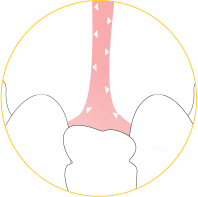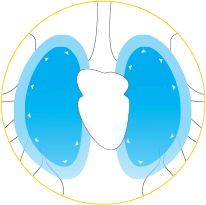 EASES RESPIRATORY DISTRESS
EASES RESPIRATORY DISTRESS
EASES RESPIRATORY DISTRESS
-
Reduces Respiratory rales
-
Prevents excess mucus secretion
-
Clears lung congestion
-
Enhances oxygen intake
-
Prevents post ND vaccination reaction
-
Accelerates respiratory denfense



